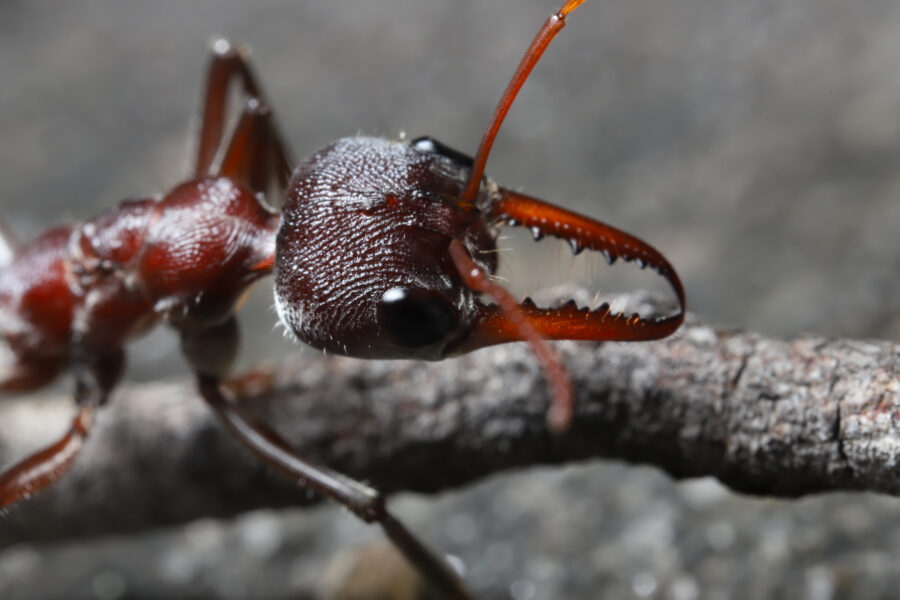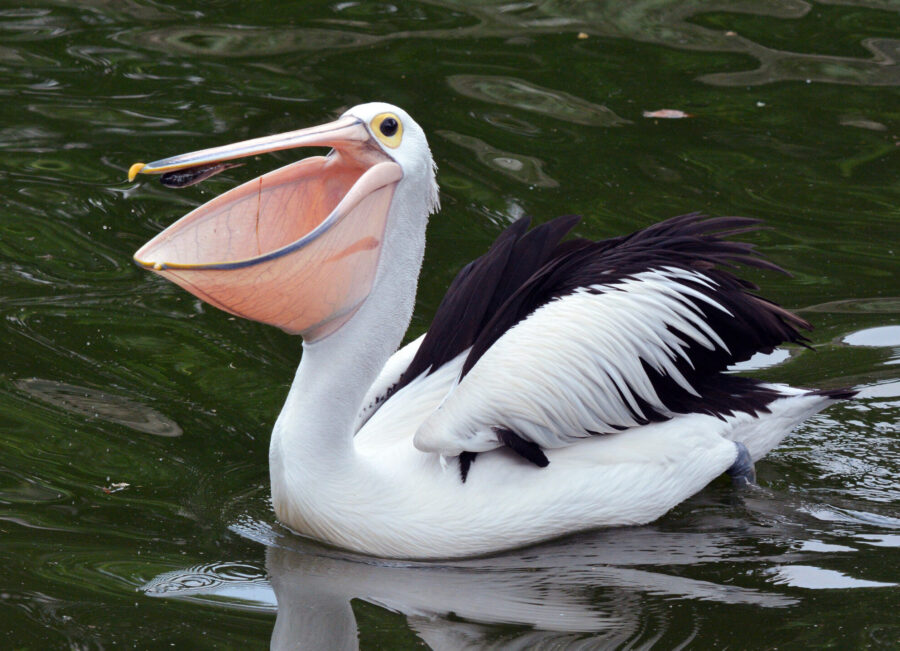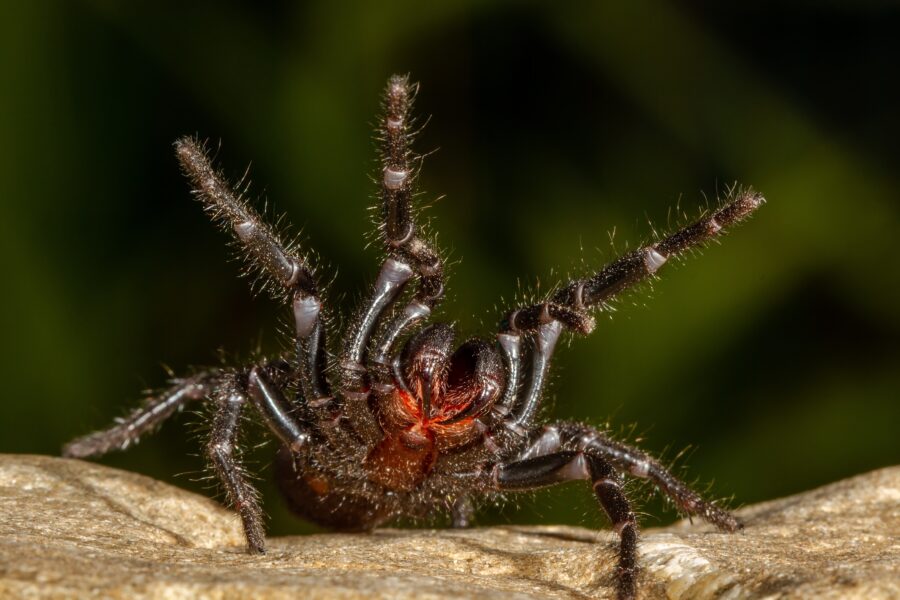Velvet worm a complex invertebrate

Bec Crew
Bec Crew

This little velvet worm might look sweet, but there’s so much more to this species than an adorable face.
Found in the temperate forests of southeastern Australia, Euperipatoides rowelli hides out in rotting logs and leaf litter, hunting small invertebrates such as termites and centipedes. To subdue its prey, it covers them a net of sticky slime that’s excreted from glands on either side of its head before eating into their skin and sucking out the fluids.
The species belongs to an ancient group of soft-bodied terrestrial invertebrates called Onychophorans – otherwise known as velvet worms – that have remained largely unchanged for hundreds of millions of years.
Maybe because of their fairly modest appearance, for years it’s been assumed they live pretty simple lives, but in 2005, Judith Reinhard and David M. Rowell from the Australian National University in Canberra discovered that their brains are actually quite evolved, and contain the same neural structures that appear to regulate the complex interactive behaviours seen in ants and social spiders.
Velvet worm a complex creature
Studying E. rowelli populations in Tallaganda State Forest in New South Wales, Reinhard and Rowell discovered that the species is highly social, living in colonies of up to 15 individuals ruled over by one dominant female.
These colonies cooperatively hunt in groups, and when it’s time to feed, the dominant female has the meal to herself for up to an hour before the rest of the females and then the males get a look-in. Sometimes the researchers saw subordinate females trying to grab a bite before it was their turn, only to be kicked, bitten and pushed back into place by the dominant female.
This observation was the first time that a strict feeding hierarchy where one individual monopolised over food for an extended period of time had ever been described in an invertebrate species.
Oh and their reproductive habits? Also strange – the males will place a spermatophore, or sperm capsule, randomly onto the female’s skin, and all she has to do is absorb it into storage sites near her ovaries.




